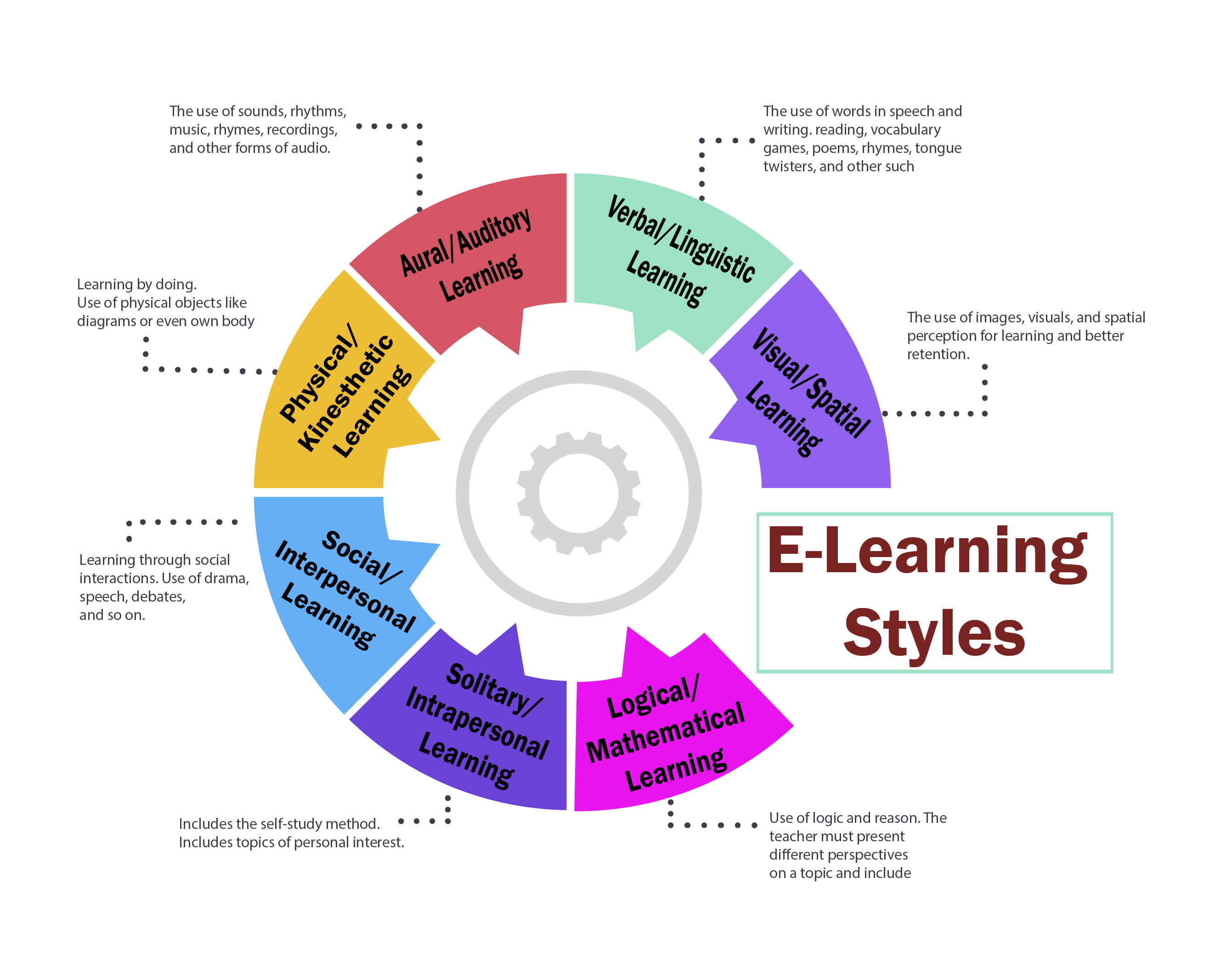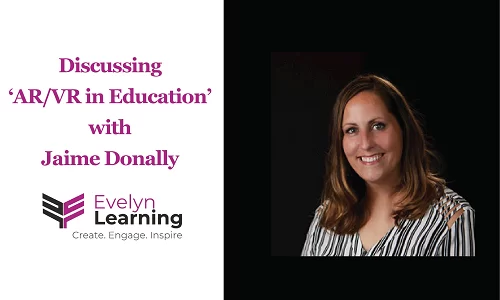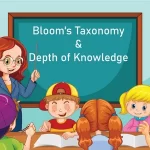As our previous blog described, eLearning uses various electronic resources and technology to deliver lessons/courses. It is one of the best ways to address the learning needs of a large group of learners at the same time. But different learners have different eLearning styles. This is so because every learner follows a distinct pattern of learning.
Our brains combine several methods to process information for faster and easier knowledge acquisition. The many ways in which the brain registers information include visual, aural, verbal, physical, logical, social, and solitary learning.
Traditional learning typically uses the linguistic and logical teaching styles, and the range of techniques is limited. However, e-learning offers a wider range of techniques depending on the eLearning styles the learners follow. Educators must know different eLearning styles before beginning to design or teach a lesson/course. The various eLearning styles are as follows:
1. Visual/Spatial Learning
Visual learning entirely constitutes the use of images, visuals, and spatial perception. These traits are native to modern classrooms. Also, the use of images, diagrams, and visual representations promotes learning and better retention. The use of such multimedia in the form of animated videos, images, and illustrations in an e-lesson is an example of visual/spatial learning.
Moreover, visual learners comprise more than 50% of the class. Thus, educators must pay special attention to include visual cues in instruction. This will help maximize learning outcomes.
2. Verbal/Linguistic Learning
Verbal/Linguistic Learning involves the use of words in speech and writing. Linguistic learners express themselves through words and have an extensive vocabulary. This means communication and interpersonal connections are important for such learners. Therefore, interactive learning or group learning is the best method of learning.
Moreover, language learning is the priority of linguistic learners. Consequently, reading, vocabulary games, poems, rhymes, tongue twisters, and other such activities are useful for assisting learning.
3. Aural/Auditory Learning
Aural/Auditory learning involves the use of sounds, rhythms, music, rhymes, recordings, and other forms of audio. Auditory learners make use of sounds to learn and remember things. The tone, pitch, and volume of the voice are the means of expression for such learners. Although they are good listeners, aural learners often initiate discussions as they love to talk.
Furthermore, sound is also a distraction for such learners. Thus, the lessons and activities must contain content that completely engages learners. Some of the best practices for teaching such types of learners include discussion and initiating conversations. Also, using beats, songs, and rhymes helps in the reinforcement of information.
4. Physical/Kinesthetic Learning
Kinesthetic learners are physical learners that usually learn by doing. This means that they use physical objects like diagrams or even their own body to learn. Such learners possess excellent motor memory and usually perform well in art and drama. Also, they are quick to react with their high energy levels and great eye-hand coordination.
Furthermore, the physical eLearning style is an amalgamation of different eLearning styles. Learners gather information in various ways as they touch, feel, and manipulate objects around them. In this way, the learners involve directly in the process of learning.
5. Social/Interpersonal Learning
Social/Interpersonal learning is a style that involves learning through social interactions. This eLearning style entirely depends on communication. Learners communicate with the people around them verbally and non-verbally. Also, social learners tend to be good mentors and counselors.
The educators using the social eLearning style to teach must use activities that involve all learners. Also, frequent breaks and feedback allow informal discussions to reinforce learning. So, activities like drama, speech, debates, and so on are excellent ways to impart education to such students.
6. Solitary/Intrapersonal Learning
Solitary or Intrapersonal learning includes the self-study method. Solitary learners are usually introverts that enjoy quiet and peaceful moments with their thoughts. They are good at focusing and are aware of their feelings and thoughts.
Moreover, learners who prefer solitary eLearning styles assess their goals and accomplishments and experience high levels of motivation. Therefore, the eLearning lesson/course should include topics of personal interest and connect to familiar subjects. Assigning tasks individually can also yield better learning outcomes.
7. Logical/Mathematical Learning
Logical/Mathematical eLearning styles use logic and reason as the basis for learning. Logical learners possess phenomenal logical and reasoning skills. They are known for their inclination towards math, science, and reasoning. Moreover, learners with this style of learning possess great analytical and problem-solving abilities.
While teaching such students, educators must present different perspectives on a topic and include strategic games that emphasize organizational skills.

To sum up, there are several eLearning styles that different learners follow. A teacher must possess good knowledge of these styles to design and deliver effective eLearning lessons/courses. Teachers should also focus on creating effective assessments that employ gamification. Such strategies help achieve the maximum learning outcomes with effective teacher instructions.
Research website: Time 4 Learning
Images: Shutterstock and Freepik
For more information on teaching and learning, visit our blog. Create. Engage. Inspire.

















